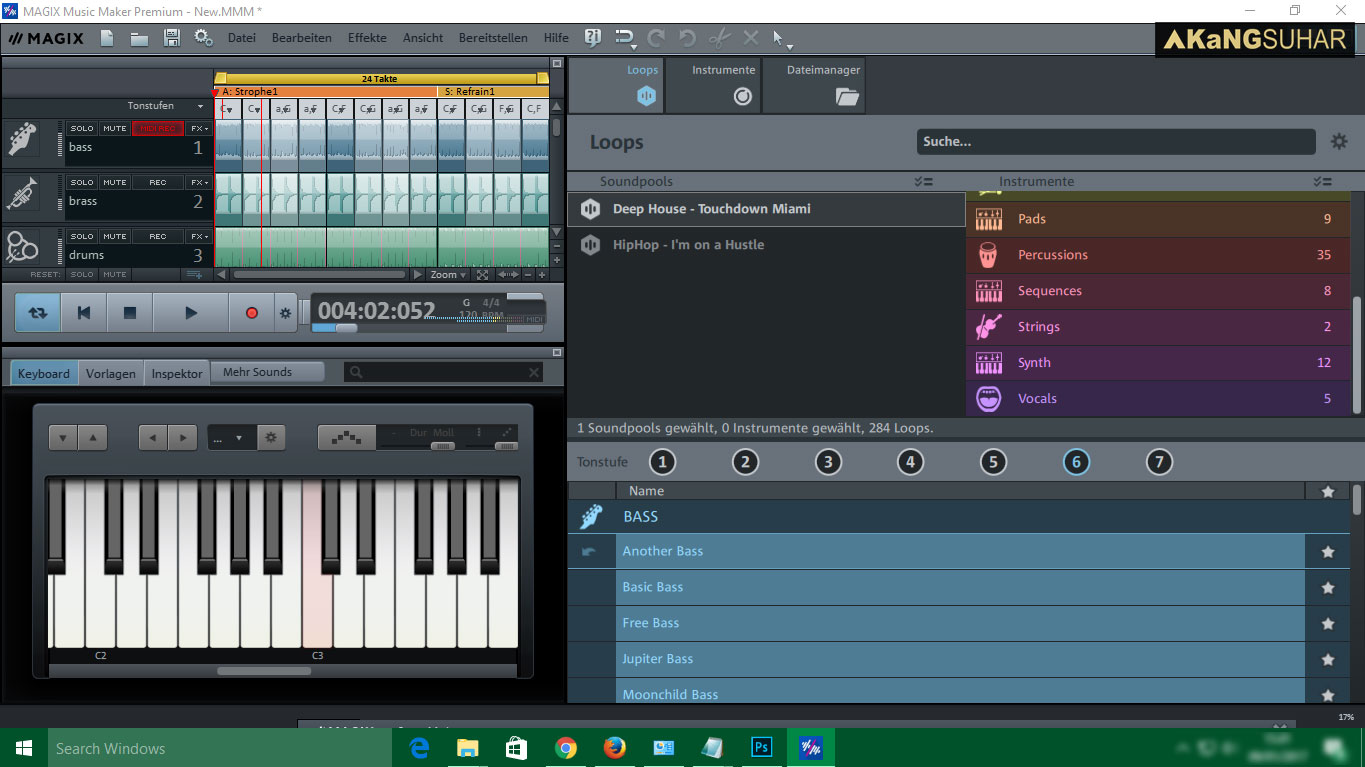
a condenser mic ( either large or small diaphragm). The standard option for recording acoustic guitar in MONO is: While acoustic DI recording can work for a home studio to-an-extent…it’s still no substitute for a good acoustic guitar microphone.Īssuming you have a room fitted with acoustic treatment… here’s how you perform this next method:įirst, there’s the mic. LR Baggs Para Acoustic DI – ( Amazon/ Thomann). To try this method, here are are a few good acoustic DI’s I recommend: the sound offers more high-end, to capture the high-frequency detail of the acoustic guitar. the input impedance is much higher to match the output of piezo-electric pickups. The main differences between an acoustic DI and standard direct box are: Since room acoustics play a BIG role in acoustic guitar recording…Īnd most home studios have less-than-awesome acoustics…Ī simple way to side-step this problem is to record with an acoustic DI in place of a microphone. Once you’ve got these covered, you’re all set. IK Multimedia Ampeg SVX – ( Amazon/ B&H/ Thomann). While most amp simulators do include few bass settings, here’s one designed SPECIFICALLY for bass: 
Once again, here’s the link to help you find what you need:
The Best Mics for Recording Bass Guitar and Kick Drumsĭepending on your style of bass, you’ll have either passive or active pickups. Rather than using a standard dynamic mic…īass cabinets are often recorded using special bass mics, with responses tailored to low-frequency instruments. Up next, here’s one final method of recording guitar that’s a combination of the first two… 3. Re-AmpingĪt home, you can record it using the same basic methods as those used in electric guitar… With a little bit of patience, and a lot of experimenting, you can get a surprisingly good tone using just these simple techniques. changing its room location to tweak ambience. placing it on a riser to eliminate acoustic coupling with the floor. tilting it to minimize the phase cancellation from reflecting walls. From there, experiment with small adjustments in distance and angle until you find a spot with a good tone.Īnother technique is to reposition the amp itself by: Start by placing the mic up against the cabinet, facing the cone. The 7 Best Microphones for Recording Electric Guitar. However any good dynamic mic or ribbon mic will do just fine Many people prefer a mic specifically designed for recording guitar cabinets, such as the Sennheiser e906 – ( Amazon/ B&H/ Thomann). There’s no substitute for putting a good mic to a good amp. Miking the Guitar Cabinetįor the best shot at getting that “studio quality” sound… Which is why some home studios still prefer the traditional method of… 2. Now despite its advantages, most people agree that even the best amp simulators still don’t sound quite as good as the “ real thing“. #MOVING A SONG OUT OF REALGUITAR TO DAW TRACK PRO#
IK Multimedia Amplitube – ( B&H/ Thomann)Īnd for the ultimate all-in-one solution that includes DI inputs, virtual amp tones, AND Pro Tools software, there’s this:.The Ultimate Guide to Direct Boxes for Stage and Studio.

If not, check out this article to see which direct boxes I recommend:

Since most audio interfaces now come with DI inputs included, chances are you wont even need to buy one. To build effects, an amp simulator is inserted on the track, which is essentially a virtual version of your guitar rig.Ĭompared to the “ traditional” way of guitar recording, this method is: Which can then be recorded directly into your DAW as a dry track with no effects. You convert the hi-z guitar signal into a low-z mic signal… By plugging your guitar into a direct box ( such as the one pictured)…







 0 kommentar(er)
0 kommentar(er)
